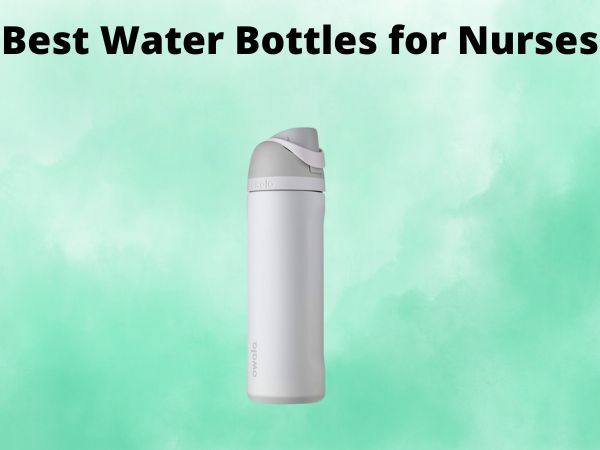How to Fix Frozen Water Pipes and Prevent Bursts
Winter can be a beautiful season, transforming landscapes into magical wonderlands, but it can also bring its own set of challenges, especially for homeowners. One of the most dreaded issues is frozen water pipes. Ever wondered why your water doesn’t flow during those chilly mornings? Let’s dive deep into understanding, fixing, and preventing this common winter woe.
Table of Contents
Understanding Frozen Water Pipes
Imagine a bustling highway suddenly coming to a standstill due to a snowstorm. This is what happens inside your pipes when they freeze. The flow of water halts, leading to potential disasters. But what causes this jam?
Causes of Frozen Pipes
Primarily, frozen pipes occur when temperatures drop below 32°F (0°C). However, several other factors play a role:
- Lack of Insulation: Uninsulated pipes are more vulnerable to freezing.
- Location: Pipes located in exterior walls or unheated spaces like basements and attics are at higher risk.
- Weather Exposure: Sudden cold snaps can catch even the best-prepared homes off guard.
Signs Your Pipes Are Frozen
Are you detecting something fishy with your plumbing? It’s crucial to know the warning signs:
- No Water: Abruptly reduced or no water flow from taps.
- Frost on Pipes: Visible frost or ice on the outside of the pipes.
- Strange Smells: Odors coming from drains or faucets; could mean a backup due to frozen pipes.
Dangers of Ignoring Frozen Pipes
Turning a blind eye could lead to more than just inconvenience. Ignoring frozen pipes can result in bursts, causing water damage that can be as costly as a downturn in the stock market. The force of expanding ice inside the pipes can find cracks and weak spots, leading to breaks.
How to Thaw Frozen Pipes Safely
Okay, so you’ve got frozen pipes. What’s next? Panic? Absolutely not! Here’s how you can act wisely.
Using a Hair Dryer
A hairdryer isn’t just for your luscious locks. Use it to apply gentle, steady heat to the frozen section of the pipe. Start closest to the faucet and work your way down.
Applying Heat Tape
Heat tape is the cape-less hero of the plumbing world. It’s designed to wrap around the pipe, providing consistent warmth to thaw it out efficiently.
Using Space Heaters
Space heaters can be your temporary sunshine. Place them in areas with exposed pipes to gradually warm the surrounding air. Just ensure they’re used safely, keeping them away from flammable materials.
Common Mistakes to Avoid When Thawing Pipes
Time to flex those mental muscles—this is your don’t-do list.
- No Open Flame: Never use a blowtorch or open flame to thaw pipes. It’s risky and can cause damage.
- Avoid Excessive Heat: Applying too much heat can crack pipes and wiring.
- Ignoring Nearby Areas: Once you’ve thawed one section, ensure the rest of the line is clear.
Preventing Frozen Pipes
The best offense is a good defense. As with most things in life, prevention is key. Here’s how you can fortify your home:
Insulation Methods for Pipes
Think of insulation as putting a coat on your pipes. Use foam rubber or fiberglass sleeves to keep them warm and cozy.
Maintaining a Warm Interior
Keep your thermostat set to the same temperature day and night, even if it’s tempting to lower it while you sleep. This helps maintain consistent warmth.
Seasonal Pipe Maintenance
Regular maintenance is like the dentist for your home’s plumbing; neglect at your own risk. Before winter hits, close foundation vents, remove any exterior hoses, and turn off outside water access.
When to Call a Professional
Some problems, like exotic medical conditions, are best left to professionals. If you’re unable to thaw the pipes or suspect a burst, it’s time to call the cavalry—experienced plumbers who can handle the situation without a hitch.
Conclusion
There you have it! Frozen pipes are a common, but very manageable problem. By identifying the signs early, safely thawing pipes, and employing preventative measures, you can keep your water flowing through winter’s chill. Remember, when in doubt, reaching out to a professional can save you a lot more in the long run.
FAQs
1. How long can pipes remain frozen before risking a burst?
The timeframe varies based on factors like temperature and pipe insulation. Generally, if pipes remain frozen for more than 6 hours, the risk of bursting increases significantly.
2. Is it necessary to keep water running during winter to prevent freezing?
Yes, allowing a slow drip can keep water moving, reducing the risk of freezing. Flowing water can prevent ice from forming and building up pressure in the pipes.
3. Can frozen pipes thaw on their own?
While it is possible, it’s not advisable to wait it out as this can lead to increased pressure and potential bursts. Active thawing methods are recommended.
4. What should I do if I find a pipe has burst?
Immediately shut off the water supply and contact a plumbing professional. It’s crucial to minimize water damage and repair the issue promptly.
5. How effective is pipe insulation in preventing frozen pipes?
Pipe insulation is highly effective but should be used as part of a comprehensive strategy, including maintaining a warm environment and addressing exposed areas.


